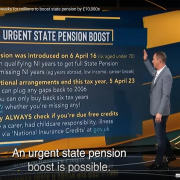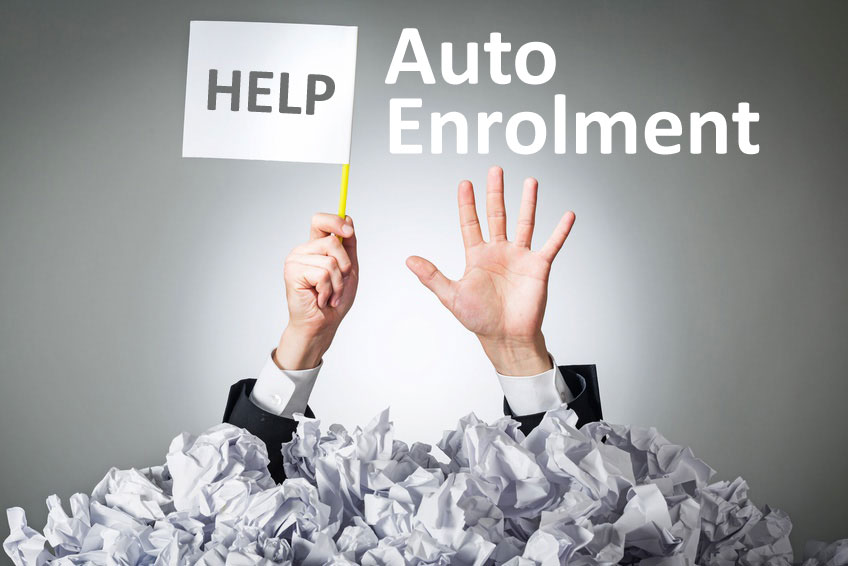Do I get tax relief on my pension contributions? This is something we hear a lot from our clients.
The answer is yes, you do get tax relief on pension contributions, being a good way to save for retirement.
The way you get tax relief on pension contributions depends on whether you pay into a company (known as Occupational scheme), public service or personal pension scheme.
•Company or public service pension schemes
Usually your employer takes the pension contributions from your pay before deducting tax (but not National Insurance contributions). You only pay tax on what’s left. So whether you pay tax at basic or higher rate you get the full relief straightaway.
•Personal Pensions
You pay Income Tax on your earnings before any pension contribution, but the pension payer claims tax back from the government at the basic rate of 20 per cent. In practice, this means that for every £80 you pay into your pension, you end up with £100 in your pension pot.
If you are a higher rate taxpayer, you can claim the difference through your Self-Assessment tax return.
•Retirement annuities
Unlike personal pension providers, most retirement annuity providers – personal pension schemes set up before July 1988 – don’t offer a ‘relief at source’ scheme whereby they claim back tax at the basic rate. Instead you’ll need to claim the tax relief you’re due through your tax return or by getting in touch with your local Tax Office.
If you receive an age-related Personal Allowance or Married Couple’s Allowance HMRC will subtract the amount you contribute plus the basic rate tax from your total income and use the reduced figure to work out the value of your allowances. This may have the effect of increasing these allowances if your income was above the relevant ‘income limit’ that applies.
If you don’t pay tax you can still pay into a personal pension scheme and benefit from basic rate tax relief (20 per cent) on the first £2,880 a year you put in. In practice this means that if you pay £2,880 the government will top up your contribution to make it £3,600.
There is no tax relief for contributions above this amount.
You can put money into someone else’s personal pension – like your husband, wife, civil partner, child or grandchild’s. They’ll get tax relief added to it at the basic rate, but this won’t affect your own tax bill. If they’ve got no income, you can pay in up to £2,880 a year – which becomes £3,600 with tax relief.
If the pension scheme rules allow it you may also be able to put money into someone else’s company scheme. You’ll not get tax relief on your contribution but the other person can get relief either through their tax return or by making a claim to HMRC by telephone or letter.
You can save as much as you like into any number and type of registered pension schemes and get tax relief on contributions of up to 100 per cent of your earnings (salary and other earned income) each year, provided you paid the contribution before age 75. But the amount you save each year toward a pension is subject to an ‘annual allowance’.
For the tax year 2008-09 the annual allowance is £235,000. You pay tax at 40 per cent on any contributions you make that are above the annual allowance
Also, when your pension matures you can take up to 25 per cent of it as a tax-free lump sum, provided your pension scheme rules allow it, you are under 75 and your total savings are within the ‘lifetime allowance’ for the year in which you take your benefit. For the tax year 2008-09 this is £1.65 million.
It is also important to know that you can usually only get your pension contributions refunded if you withdraw from a company scheme within two years of starting payments.
Certain events might shorten the time limit. Tax is deducted at 20 per cent for refunds of up to £10,800 and at 40 per cent on any excess above this. The scheme administrator deducts the tax before making the refund.
Tax experts argue that basic rate taxpayers are better off saving in an ISA rather than paying in a pension contribution scheme at least until they become 40% tax payers and they get a bigger tax relief.
In order to have a happy and care free retirement come to see Taxfile‘s tax agents in South London and Exeter to seek help if you are still unsure of the matter.



